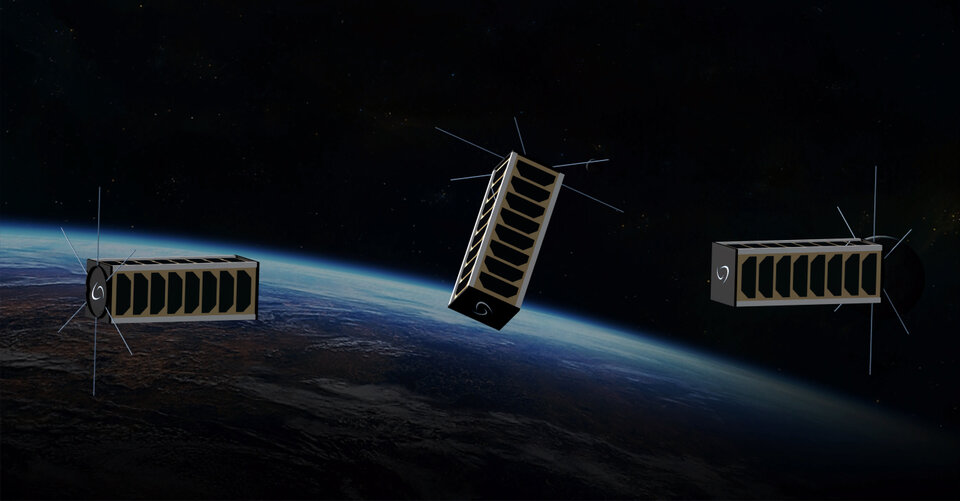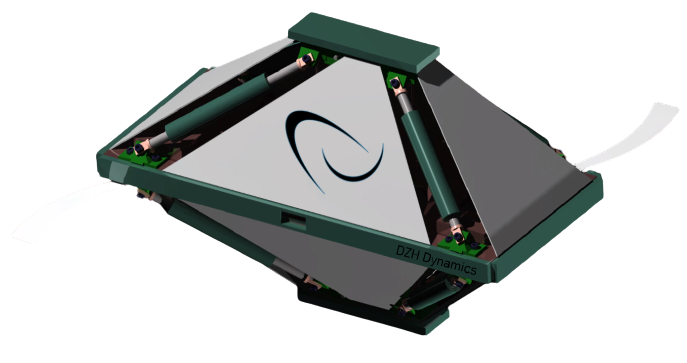Meet the team: DZH Dynamics
DZH Dynamics is a research group of multi-national motivated PhD/Master students and young researchers passionately working together towards the development of first-of-a-kind inertial morphing CubeSats, which shall utilize and benefit from the control of its mass distribution.

Imperial College of London, TU Delft University and Universidad Carlos III of Madrid collaboratively support this team in a pursuit of opening new horizons through the enhancement of attitude control systems, delivering the new era of small satellites.

Transformable spacecraft with full inertial control are envisaged to become the new trend for space applications. From all the benefits this ideology procures (such as having the centre of gravity always in place, allowing pure axis rotations…), the presence of the Dzhanibekov (DZH) effect stands out as a crucial consequence to be considered. The Dzhanibekov effect acting standalone is a fast, periodic, customizable and energy-free 180-degree attitude change which rigid bodies experience (or not) depending on its inertial distribution (i.e., how the masses are distributed within the body). Through an innovative smart inertial morphing engineering design (namely, a prototype where the mass distribution can be changed customarily), this phenomenon can be controlled or else provoked. Consequently, its corresponding opportunities for future space missions can be exploited, and different attitude inversions can be achieved (180 degrees, 90 degrees…). The most significant features of this attitude control method are simplicity and periodicity of the phenomena, compared to current technology. For example, a powerful passive thermal system can be employed using 180 degrees periodic inversions, saving time, cost and complexity to current space missions.

However, the developed technology is not limited to the usage of the effect acting solely. The combination of controlling and eliciting the mentioned natural attitude change (DZH effect) with current attitude control technologies (Reaction Wheels -RWs-), would reward spacecraft with a multitude of advantages harnessing faster and energy-saving manoeuvres.
Through the course of ESA-FYT 2021, DZH Dynamics is developing their ultimate ‘ZG Prototype’. This prototype envelopes a three-axis attitude control system using RWs, in addition to a smart inertial morphing mechanism to experimentally validate the formerly simulated research data. Inertial morphing is achieved employing a system capable of changing the prototype's mass distribution using two moving masses. By virtue of ESA-FYT programme, the maturity of the technology is expected to increase from TRL 3 to TRL 6, which will ultimately set the baseline to launch the first inertial morphing satellites into space.


